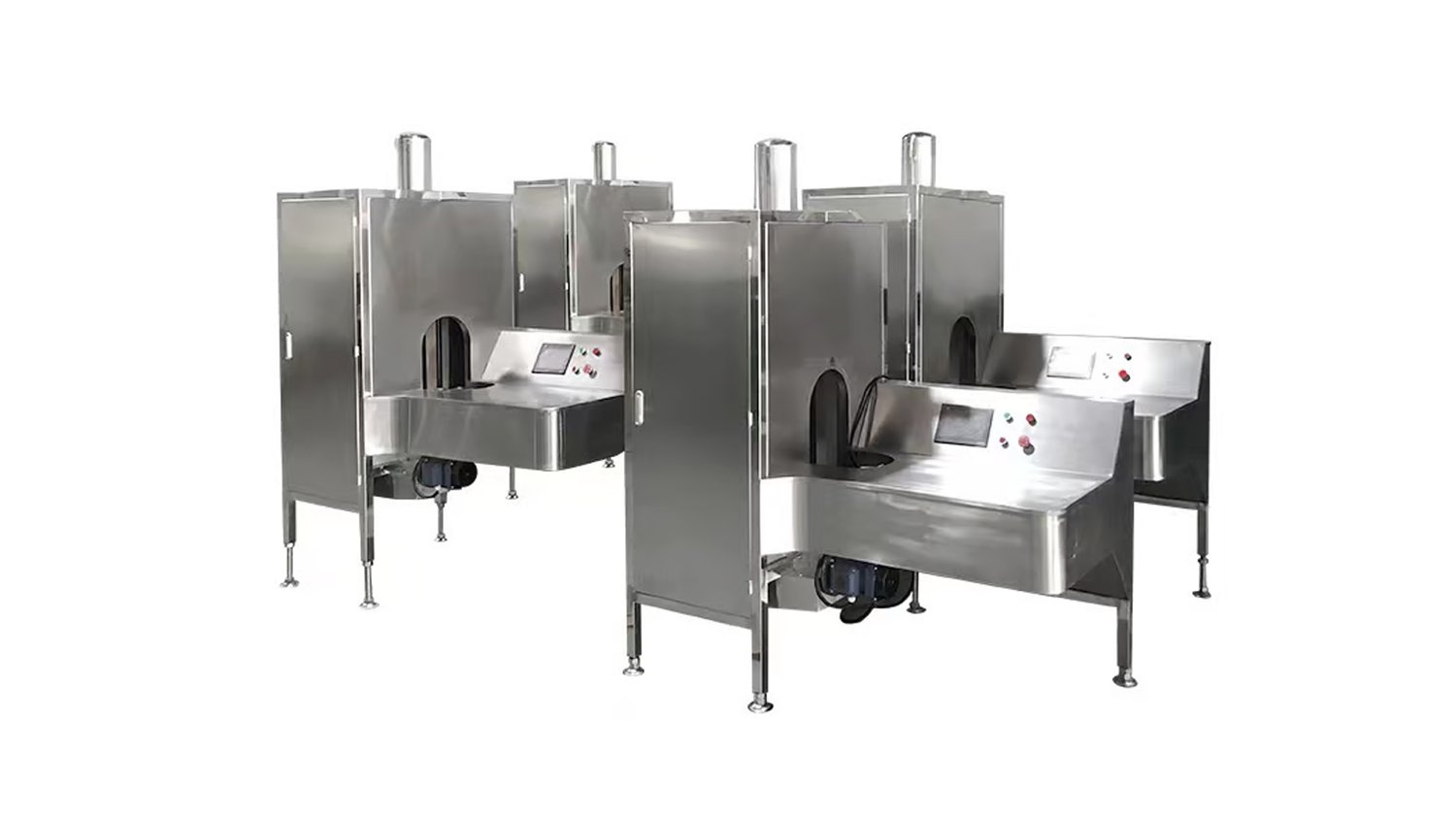Understanding Cross-Contamination
Cross-contamination refers to the transfer of harmful microorganisms, such as bacteria, between surfaces, utensils, and food products during processing. It can occur at any stage of the processing chain, posing a significant risk to food safety and quality.
Importance of Minimizing Cross-Contamination
Minimizing cross-contamination is crucial in food processing to prevent foodborne illnesses, maintain product quality, and comply with regulatory standards. By implementing proper controls, processors can reduce the risk of contamination and protect consumer health.
Establishing Hygienic Practices
One of the key strategies for minimizing cross-contamination is establishing strict hygiene practices in processing facilities. This includes regular cleaning and sanitizing of equipment, surfaces, and utensils to eliminate harmful pathogens and prevent their spread.
Separating Raw and Ready-to-Eat Foods
It is essential to segregate raw and ready-to-eat foods in processing facilities to prevent cross-contamination. By using separate production areas, equipment, and storage spaces for raw and cooked products, processors can minimize the risk of contamination.
Implementing Color-Coding Systems
Color-coding systems can help processors easily identify and distinguish between tools, utensils, and equipment used for different food products. By assigning specific colors to different product categories, the risk of cross-contamination can be significantly reduced.
Training Employees on Food Safety
Proper employee training is essential for
Minimizing Cross-Contamination in Processing. By educating staff on food safety practices, hygiene protocols, and cross-contact prevention, processors can ensure that all employees understand the importance of preventing contamination.
Utilizing Sanitation Protocols
Effective sanitation protocols are critical for reducing cross-contamination risks in processing facilities. This includes using approved cleaning agents, following proper sanitation procedures, and regularly monitoring and documenting cleaning activities.
Implementing Allergen Control Measures
Allergen control is an essential aspect of minimizing cross-contamination, particularly for processors handling allergenic ingredients. By implementing strict allergen control measures, such as segregation, labeling, and testing, processors can prevent cross-contact and protect consumers with food allergies.
Monitoring and Verification Processes
Regular monitoring and verification of control measures are essential to ensure the effectiveness of cross-contamination prevention strategies. Processors should conduct microbial testing, environmental sampling, and audits to verify compliance with food safety standards.
Continuous Improvement and Risk Assessment
Continuous improvement and risk assessment are key components of a successful cross-contamination prevention program. By reviewing and updating food safety procedures, conducting regular risk assessments, and staying informed about emerging threats, processors can proactively minimize cross-contamination risks.
Quote Inquiry
contact us

